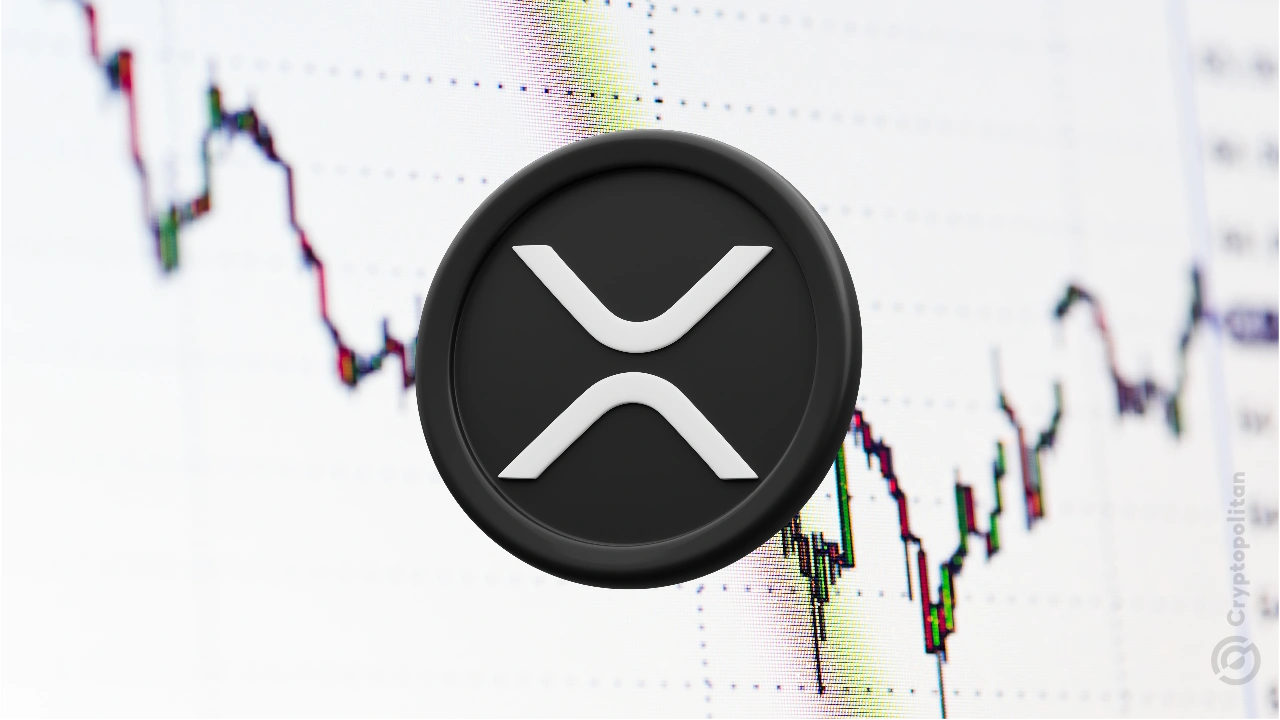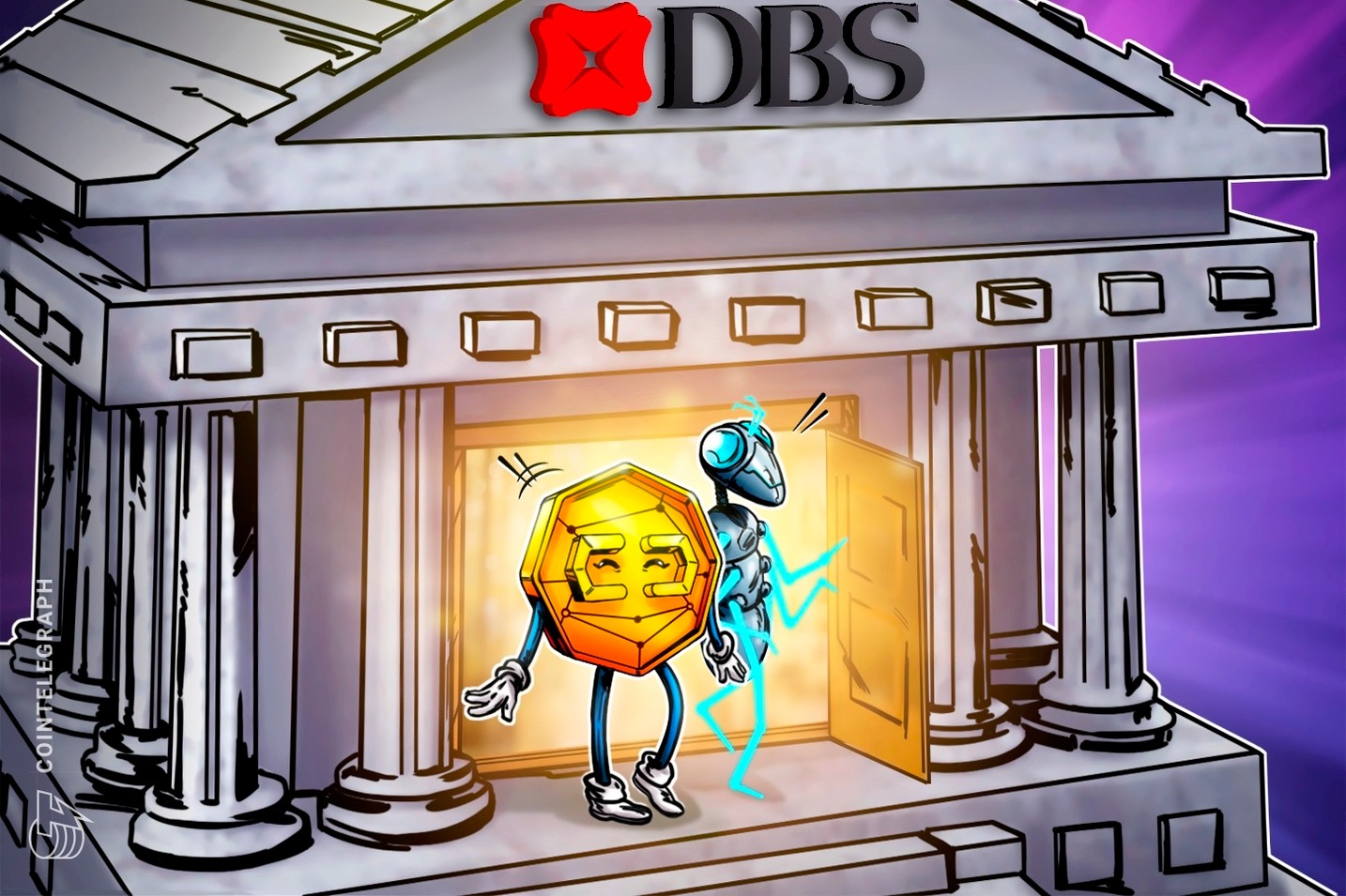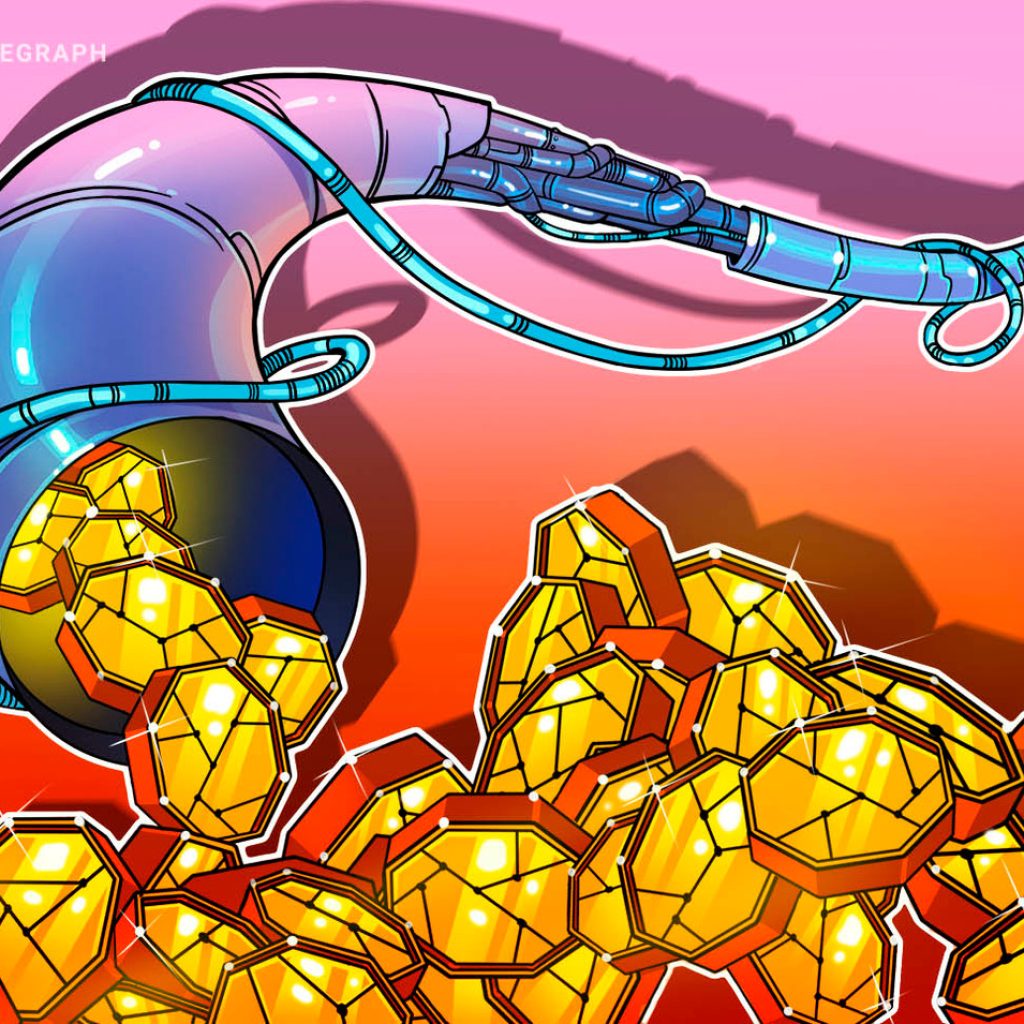On Friday, November 1, Ripple released its Q3 2024 XRP Markets Report to provide transparency to investors. The report focuses on XRP’s status as not being a security and remaining the law of the land, echoing previous statements from Ripple’s Chief Legal Officer Stuart Alderoty.
As per the report, several factors influenced market direction and sentiment in Q3 2024, including macroeconomic dynamics, a long-awaited ETH ETF filing, and increased speculation about the US presidential race.
On the other hand, the U.S. Federal Reserve cut rates by 50 basis points after a prolonged period of tightening. This move paved the way for other central banks—namely China, Japan, Europe, and the UK—to follow suit with less restrictive policies.
Risk assets, including crypto coins, responded, with the price of BTC increasing by over 10% and several altcoins rising by 50%.
In early July, ETH ETFs made a historic debut in the United States, with issuers including BlackRock, Fidelity, and Grayscale joining the market.
U.S. ETH ETFs have drawn $552.2 million thus far, while U.S. Bitcoin ETFs have maintained momentum, with a year-to-date inflow of $18.5 billion. To that end, Ripple’s CEO said,
“The message from the market is clear – institutional interest in XRP products is stronger than ever. @BitwiseInvest, @CanaryFunds, and @21Shares (just this morning!) filed S-1s for XRP ETFs while @Grayscale launched an XRP Trust and filed to convert its multi-asset fund, including XRP, into an ETF.”
Brad Garlinghouse
The report affirms that the court’s decision on XRP not being a security leaves XRP and BTC as the only two tokens with regulatory clarity in the U.S. Since the ruling, every U.S. exchange that delisted XRP has relisted it.
However, the SEC has yet to give up the fight. Brad asserts, “The SEC’s war on crypto has lost battle after battle—their continued disregard for the court’s authority will further erode the SEC’s credibility and reputation.”
In Q3, several crypto companies sued the SEC, citing the regulator for overreach and complete disregard for the law.
Regulatory developments
On October 2, the SEC announced its intention to appeal the Court’s decision that certain earlier XRP distributions by Ripple were securities.
On October 24, Ripple submitted its Form C, outlining the concerns it intends to bring in its cross-appeal. Given that the parties are challenging the Court’s ruling, Ripple deposited the $125 million set aside for remedies in an escrow account.
The appeal and cross-appeal briefing will take place during the first half of 2025, followed by an argument before the appellate court, most likely in the fall of 2025, and a final ruling from the court.
Crypto has remained an important topic in next week’s US elections, with a “wave of crypto-friendly lawmakers” expected to sweep in a new, bipartisan group of industry-friendly lawmakers in both the House and Senate.
According to the Washington Post, Fairshake, a crypto industry-funded political action committee, has spent more than $134 million this election year.
Ripple’s financial markets performances
Onto XRP Q3 market performance. XRP volumes were elevated as average daily volumes (ADV) were at $600-700 million on crypto exchanges. The XRP/BTC ratio increased 27% over Q3.
XRP’s volatility surged in the first part of Q3 2024, peaking at over 110% in mid-August due to price swings from 40 to 65 US cents. The second half of the quarter saw more range-bound price movement, with realized volatility falling to about 60%.

Traded volumes remained higher than in the last two quarters, with larger volumes seen on Binance, Bybit, and Upbit. XRP volume distribution among exchanges was consistent in the third quarter, as it had been in the year’s first half.
Binance, Bybit, and Upbit accounted for more than 65% of total traded volume, with Binance’s share declining slightly (-3 percentage points compared to Q2) and CryptoDotCom increasing (+6 percentage points compared to Q2).
XRP’s spot traded volumes
According to the report, the share of volume traded using fiat pairs rose from 10% in Q2 to 14% in Q3. The majority of XRP trading activity continues to be against USDT.

On-chain activity recovered from a fall in May and June, with the number of successful transactions more than doubling from Q2. Despite the increased activity, much of it was for small-volume transactions, so total on-chain volume did not grow significantly.
Despite a decline in DEX traffic, Automated Market Makers’ Total Value Locked (TVL) increased significantly, doubling from $8.5 million to $16.2 million. The pools with the highest TVL rises were CRYPTO/XRP (Cryptoland) and MAG/XRP (Magnetic).
Ripple USD
In Q3, Ripple announced its initial exchange partners and advisory board for Ripple USD (RLUSD). RLUSD will be available to institutions and users worldwide through strategic agreements with global exchanges and platforms, including Uphold, Bitstamp, Bitso, MoonPay, Independent Reserve, CoinMENA, and Bullish.
Lastly, RLUSD is one of the few stablecoins issued under a New York Trust Company Charter, which ensures strict control and regulation. Ripple has assembled an advisory board, which includes former Federal Deposit Insurance Corporation (FDIC) Chair Sheila Bair, former CENTRE Consortium CEO David Puth, and Ripple co-founder and Executive Chairman Chris Larsen, to provide strategic guidance on regulatory, financial, and operational aspects to support RLUSD’s market stability and growth.





